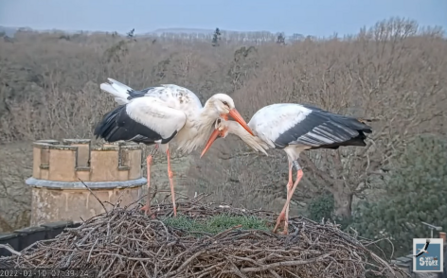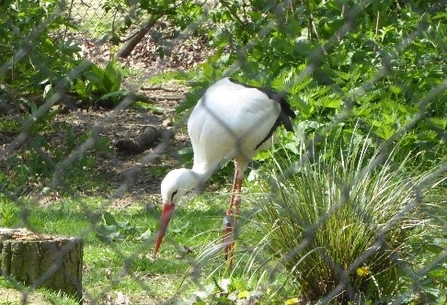As a young volunteer, I have to balance my time between schoolwork and extra-curricular activities, but starting an EPQ has enabled me to do both at the same time! Despite taking Biology at A-level, conservation is rarely spoken about, so my interests and the curriculum seldom intersect. I often think what a shame it is that the GCSE in Natural History has not been implemented yet. However, I now have a chance to conduct a research project of my own, not just for myself, but for my future as well.
My primary case study is the White Stork Project, an ongoing scheme which aims to re-establish a population of at least 50 breeding pairs of white storks in the south of England by 2030. Before 2020, it had been over 600 years since white storks were last recorded to have bred in the UK, which is widely thought to be because of persecution and habitat loss. The 6th of May 2022 marked the 2-year anniversary of the hatching of the first chicks since then.



